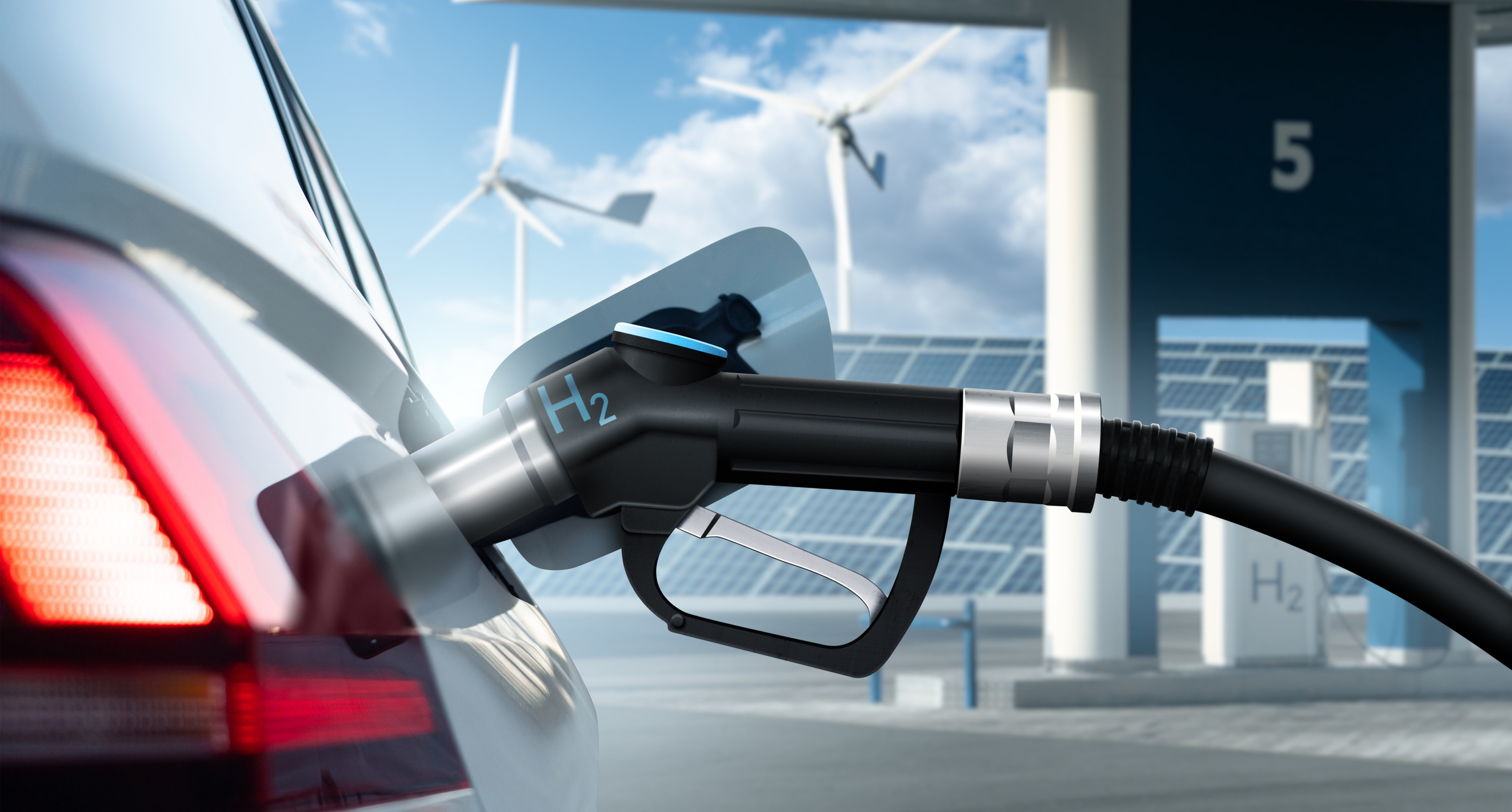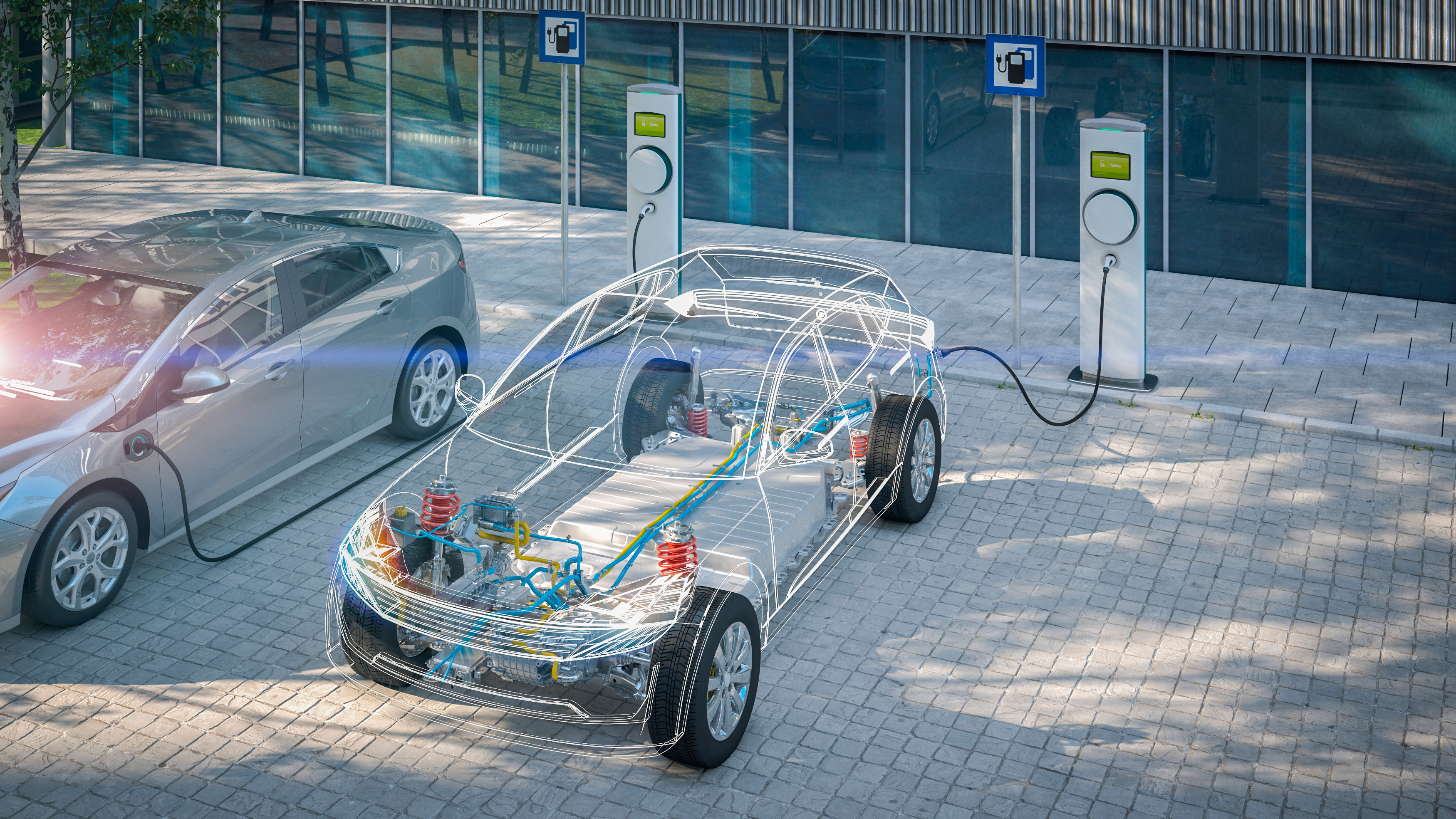Autor
Mariano Marzo
Emeritus Professor of the University of Barcelona

To make the energy transition a reality, some experts estimate that between 2015 and 2050, the global electric passenger vehicle (EV) fleet must increase from 1.2 million to 965 million, battery electricity storage capacity from 0.5 gigawatt-hour (GWh) to 12,380 GWh, and installed solar photovoltaic capacity from 223 GW to over 7,100 GW. Which implies that the amount of materials and metals demanded by a decarbonised economy will be immense.
One assessment recently concluded that the expected demand for 14 metals -including copper, cobalt, nickel, and lithium, essential for the production of renewable energy, EVs, fuel cells, and electricity storage technologies- will grow substantially in the coming decades. Thus, an increase of 87,000% in the demand for materials for EV batteries, 1,000% for wind generation, and 3,000% for solar photovoltaic is envisaged for the period 2015-2060. The World Bank clearly summarises the situation: "the transition towards clean energy will be significantly mineral-intensive".
Many of the necessary minerals and metals for low-carbon technologies are considered "critical raw materials" or "technologically critical elements", terms that underline the fact that not only are they strategic and of great economic importance, but also present a high risk of supply shortages and price volatility, with major geopolitical implications. Furthermore, the mining of these metals is in itself energy-intensive and may involve significant environmental impacts and serious social consequences, so the paradox is that the energy transition and the associated digital revolution will not be as green as is often assumed.
In order to ensure the future supply of these raw materials, it will undoubtedly be essential to drive efficiency (greater production and use of the final product per unit of primary resource used) and recycling. However, even so, it will also be necessary to increase the pace of primary resource extraction, sustainably diversifying supply chains, exploiting new mines, and developing new flows of resources, such as obtaining metals from seawater and geothermal brines, as well as replacing, recovering, and reducing the intensity of the use of materials. And, in any case, we must be aware that, although in the short term land-based mining will continue to be essential to satisfy the growing demand for clean and digital technologies, longer term we will have to consider the exploitation of deep-sea mineral sources very seriously. Who said it was easy?
Article published in La Vanguardia.




